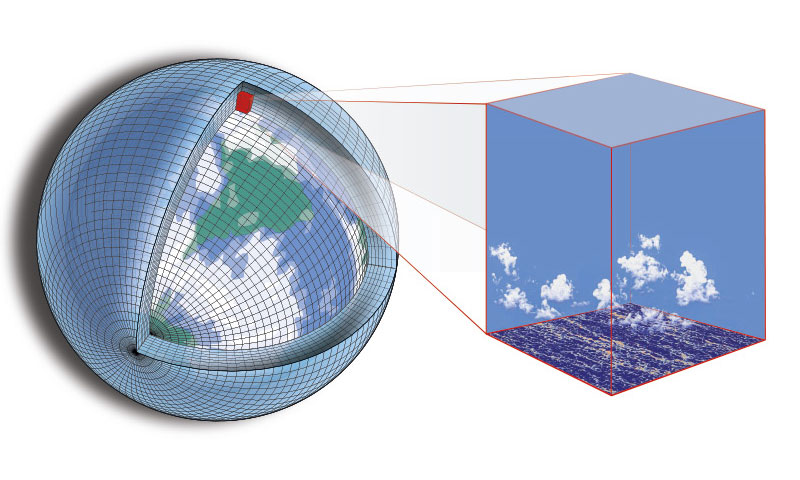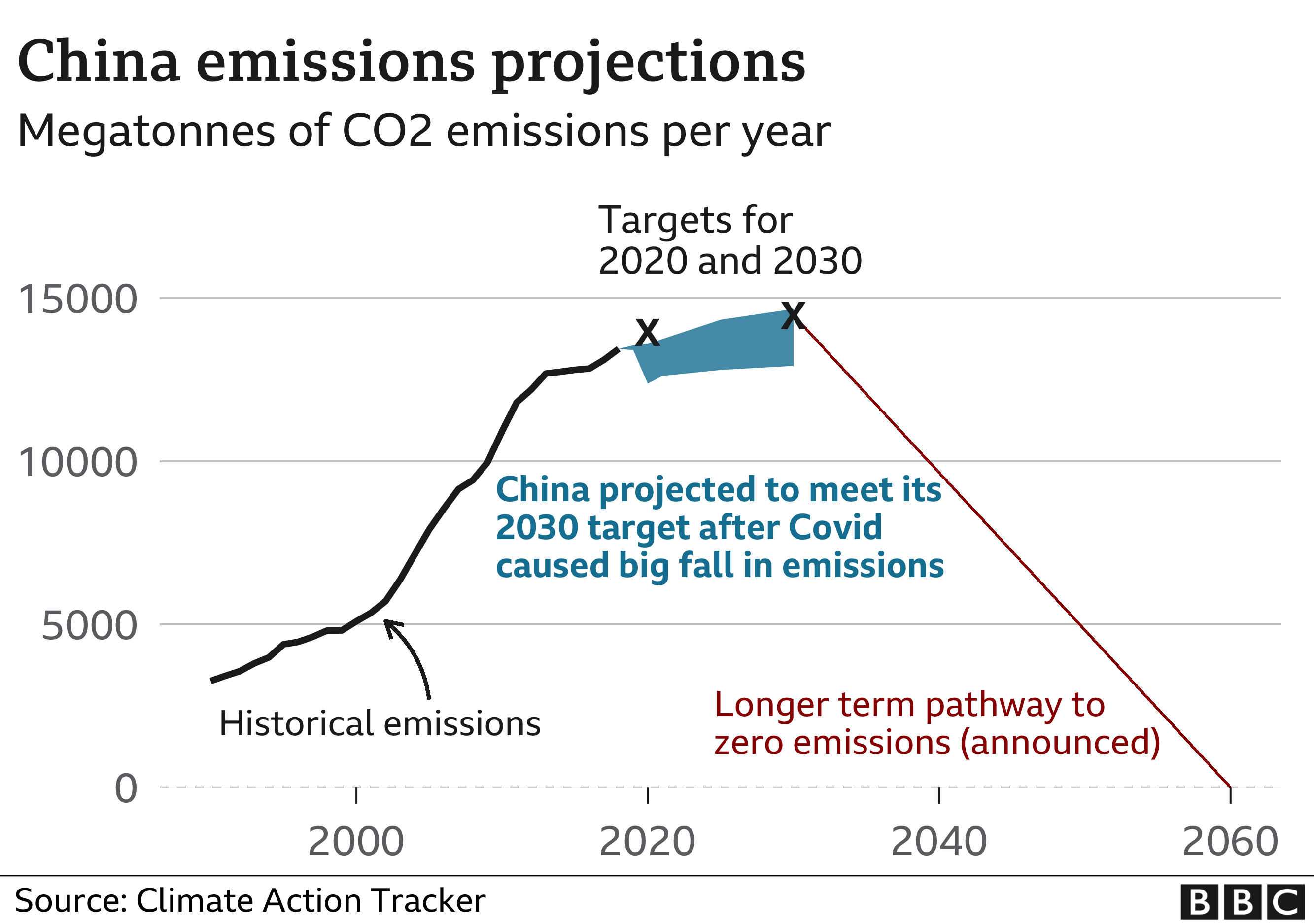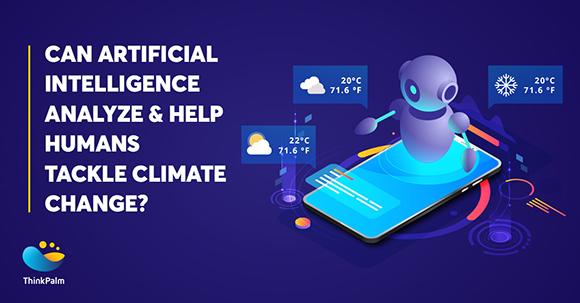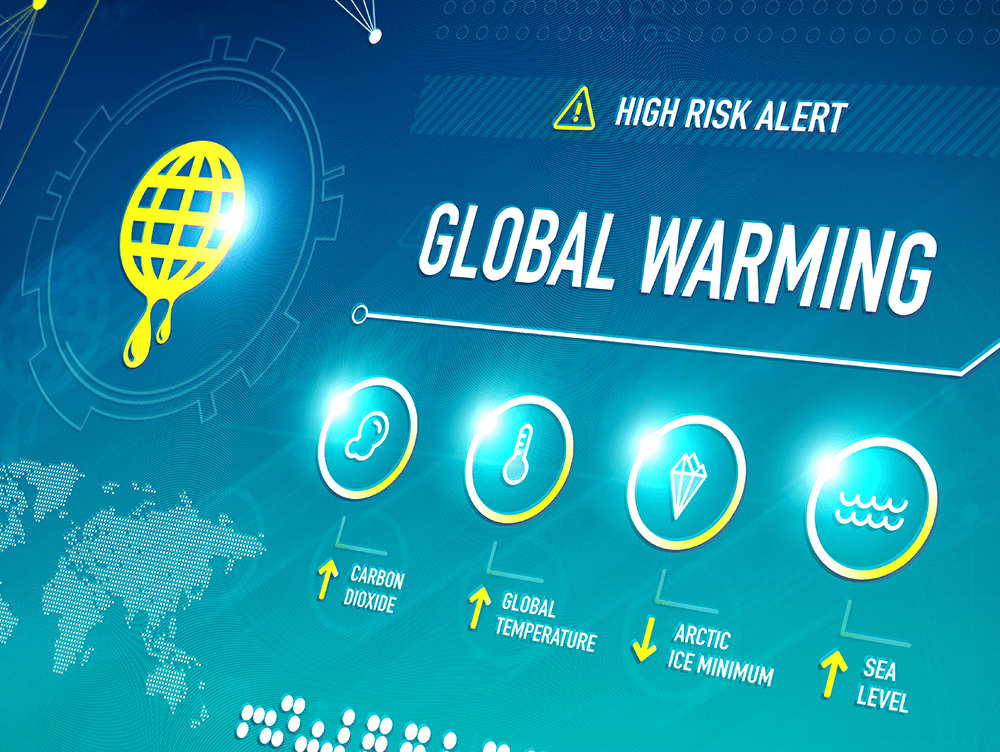Artificial intelligence (AI) is rapidly emerging as a powerful tool for climate change research. By automating tasks that are currently time-consuming and labor-intensive, AI can help scientists to collect and analyze data more efficiently, model the effects of climate change more accurately, and develop more effective solutions to mitigate its impacts.

1. AI-powered data collection and analysis
One of the most important challenges in climate change research is the sheer volume of data that is available. Satellites, sensors, and other devices generate terabytes of data every day, and this data is constantly growing. AI can help scientists to make sense of this data by automating tasks such as data cleaning, filtering, and visualization.
For example, a team of researchers at the University of California, Berkeley, used AI to develop a new method for classifying satellite images of forest fires. The method is able to identify fires with an accuracy of 97%, and it can do so much faster than human experts. This type of technology could be used to monitor wildfires and track their impacts on forests and other ecosystems.
Another example is a project by the Climate Change Research Initiative at Stanford University. The project is using AI to develop new ways to analyze climate data from weather stations, satellites, and other sources. The goal is to create more accurate and comprehensive models of the Earth's climate system.
2. AI-powered climate modeling
Climate models are essential tools for understanding the effects of climate change and developing strategies to mitigate its impacts. However, climate models are complex and computationally expensive to run. AI can help to make climate models more efficient and accurate by automating tasks such as parameter tuning and model selection.

For example, a team of researchers at the Massachusetts Institute of Technology (MIT) used AI to develop a new climate model that is up to 100 times faster than traditional models. The model is able to simulate the effects of climate change on the Earth's atmosphere, oceans, and land surface. This type of technology could be used to explore the impacts of different climate change scenarios and develop more effective mitigation strategies.
Another example is a project by the DeepMind team at Google. The project is using AI to develop new ways to represent the Earth's climate system. The goal is to create models that are more accurate and easier to understand than traditional models.
3. AI-powered solutions to climate change

AI can also be used to develop solutions to climate change. For example, AI can be used to design more efficient solar panels, wind turbines, and other renewable energy technologies. AI can also be used to develop new ways to store and transport energy.
In addition, AI can be used to create more efficient transportation systems and to develop new ways to reduce our reliance on fossil fuels. For example, AI can be used to optimize traffic flow, design more fuel-efficient vehicles, and develop new ways to power vehicles with renewable energy.
4. The challenges of using AI for climate change research

There are a number of challenges associated with using AI for climate change research. One challenge is the need for large amounts of data. AI models require large datasets in order to learn and make accurate predictions. However, collecting and curating climate data can be a time-consuming and expensive process.
Another challenge is the need for specialized expertise. Developing and using AI for climate change research requires a team of experts with skills in computer science, climate science, and other fields. This can make it difficult to find and retain the talent needed to conduct this type of research.
Finally, there is the need to ensure that AI is used responsibly for climate change research. AI can be a powerful tool, but it is important to use it in a way that is ethical and responsible. For example, AI should not be used to create biased or misleading climate change models.

5. The potential benefits of using AI for climate change research
Despite the challenges, the potential benefits of using AI for climate change research are significant. AI can help scientists to collect and analyze data more efficiently, model the effects of climate change more accurately, and develop more effective solutions to mitigate its impacts. This type of research is essential for addressing the climate crisis, and AI can play a vital role in helping us to create a more sustainable future.
Conclusion

Artificial intelligence is a rapidly emerging technology that has the potential to revolutionize climate change research. By automating tasks, providing new insights, and helping to develop solutions, AI can help us to address the climate crisis and create a more sustainable future.
Post a Comment